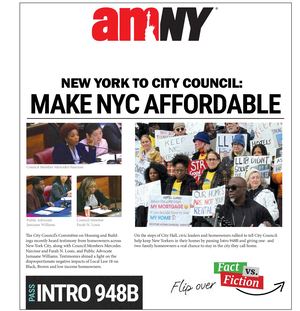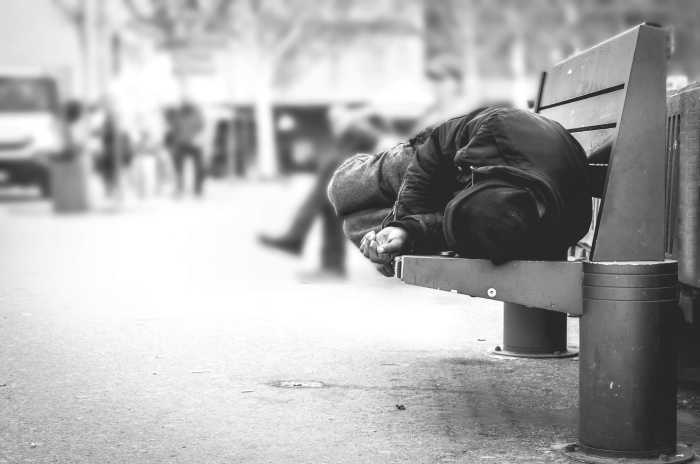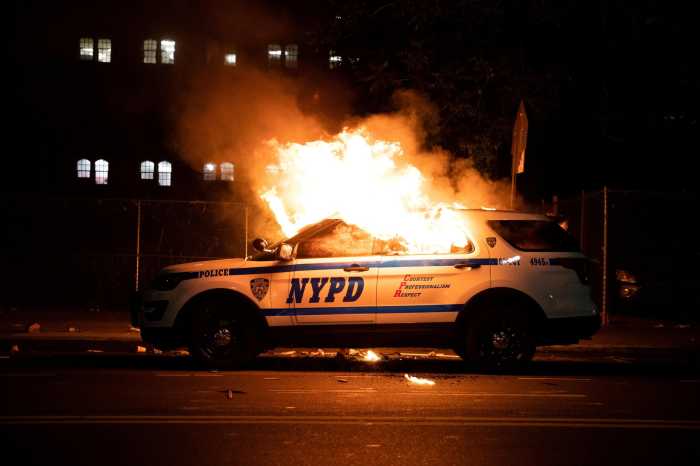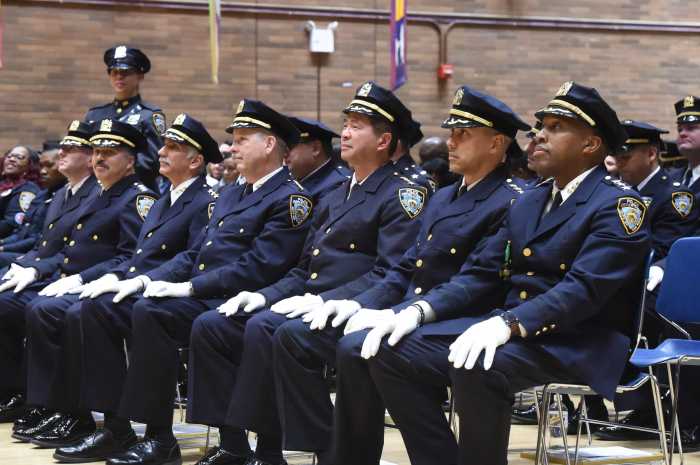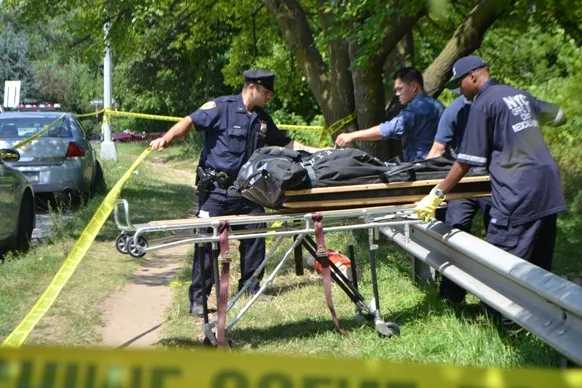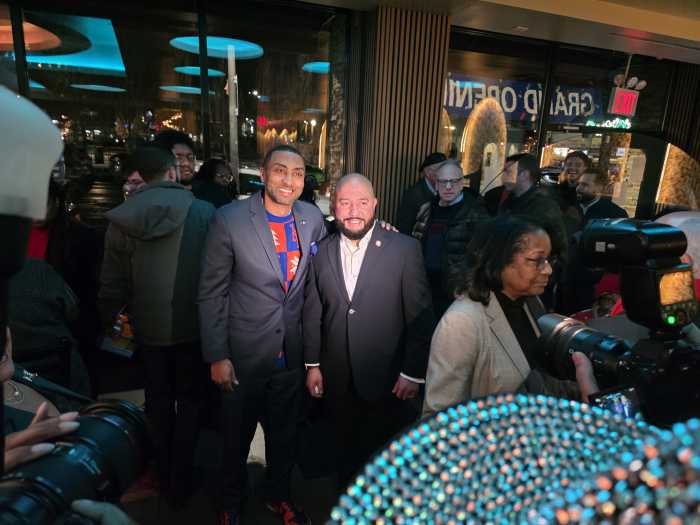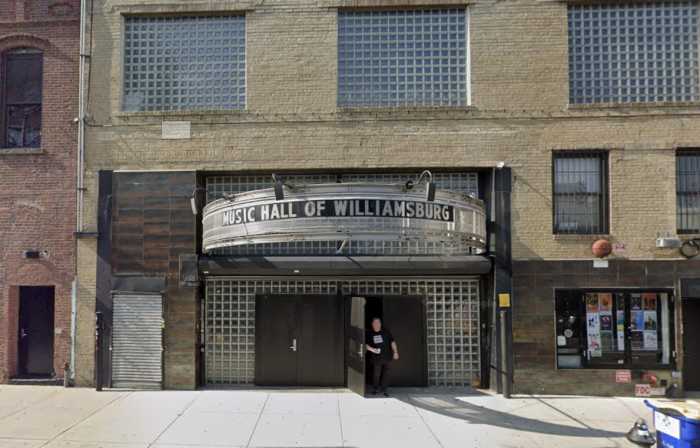Police arrested Black and Hispanic drivers during traffic stops at far higher rates than their white counterparts, according to data released late last week by the NYPD.
Cops also used force more often as a result of the stops against Black and Hispanic motorists and those two ethnic groups were more likely to have their cars searched or seized, according to NYPD’s first quarterly report on vehicle stops.
The data on 176,753 traffic stops in the Five Boroughs from January through March reveal that Black and Hispanic New Yorkers made up 56% of those, but accounted for 87% of arrests, 93% of uses of force, 89% of vehicles seized, and 82% of vehicles searched, an amNewYork Metro analysis found.
The rate of stops is also slightly higher compared to Black and Hispanic people’s 53% combined share of the New York City population, according to the U.S. Census.
Black New Yorkers, who make up about 24% of the city populace, had the highest rates in those categories, making up 29% of stops, 49% of arrests, 59% in uses of force, 48% for vehicles seized, and 50% of searches.
Whites made up 25% of stops, well below their overall 41% representation among Big Apple residents.
But when it came to escalated police enforcement, their share dropped to single digits, accounting for 7% of arrests, a mere 1% of use of force, 4% of vehicles seized, and 7% of vehicles searched.
“These numbers are really troubling, but they’re not surprising,” said Molly Griffard, a staff attorney with the Legal Aid Society’s Cop Accountability Project.
“This just shows what people have long called is the issues of driving while Black — that Black and Brown folks are pulled over more often by police and targeted for enforcement more often than white New Yorkers,” the lawyer added.
The NYPD press office released the report Friday, May 20, shortly after 5 p.m., and the data received fairly little news coverage in the days since. A Daily News article focused on Black motorists getting pulled over more than others, and a Staten Island Advance report broke down that borough’s share of traffic stop arrests.
NYPD’s press release said the report’s statistics “reflect the NYPD’s equitable traffic policing and precision crime-fighting approach,” and Police Commissioner Keechant Sewell said in an accompanying statement that the Department was proud to publish the figures.
“We are proud to share data on traffic policing that is integral to our collective understanding of the good work NYPD officers do every day to improve our city, maintain safe roads and highways, and ensure consequences for those individuals who choose to break the law,” said Sewell.
“We often say that traffic safety is public safety – we have no tolerance for even one criminal motorist,” the commissioner continued. “In a city made more vibrant by the free-flow of automobiles, a robust vehicle-safety strategy is a fundamental tool in assuring everyone’s right to safe travel. The transparency of this data helps serve that mission.”
White drivers were more likely to get a summons than their Black counterparts, with 72% of stops stops leading to a summons for whites versus 66% for African Americans, which Griffard said could indicate cops stopping Black motorists more often without good cause.
“What that tells you is that when police are stopping a white person, it’s more likely based on probable cause or reasonable suspicion, because it’s more likely to result in enforcement activity,” Griffard said. “We don’t know for sure without digging deeper, but it indicates that, perhaps, more Black people are stopped without good cause than white people.”
The advocate raised concerns about the recent relaunch of the NYPD’s controversial anti-gun unit by Mayor Eric Adams, which hit the streets in mid-March but has mostly been making traffic stops, reported the New York Post.
“It creates these opportunities for police escalation and violence that just shouldn’t exist in the first place,” Griffard said.
Many of the officers assigned to the new so-called Neighborhood Safety Teams also have a history of complaints against them for excessive force, New York Focus reported.
The traffic stop data collection was required under a City Council amendment to Local Law 45 that passed in March of 2021 in an effort to curb racial profiling, and NYPD directed its officers to start documenting every police stop at the beginning of the year, regardless of whether it led to legal action.
Of the total stops the Department recorded for the first three months of the year, 4,222 resulted in arrests, or 2.4%, and 88 times officers “were required to use some level of force,” according to NYPD.
NYPD wrote 129,000 summonses, seized 1,314 vehicles, and searched 4,014 cars, according to the data, which also include breakdowns by age, gender, and in which precinct the incidents happened.
“We appreciate the transparency that this law brings and the NYPD‘s compliance with it. The mayor has been clear that both public safety and justice are the prerequisites to prosperity. He’s working every day to remove guns from our streets, protect our communities, and create a safe, prosperous, and just city for all New Yorkers,” said mayoral spokesperson Fabien Levy in a statement.
“To show his commitment to transparency and accountable policing, Mayor Adams is making sure the NYPD’s new anti-gun unit will not make the mistakes of the past,” Levy continued. “The NYPD is among the most monitored and regulated government agencies in the nation, and the mayor will ensure they follow the law just as they enforce it.”
